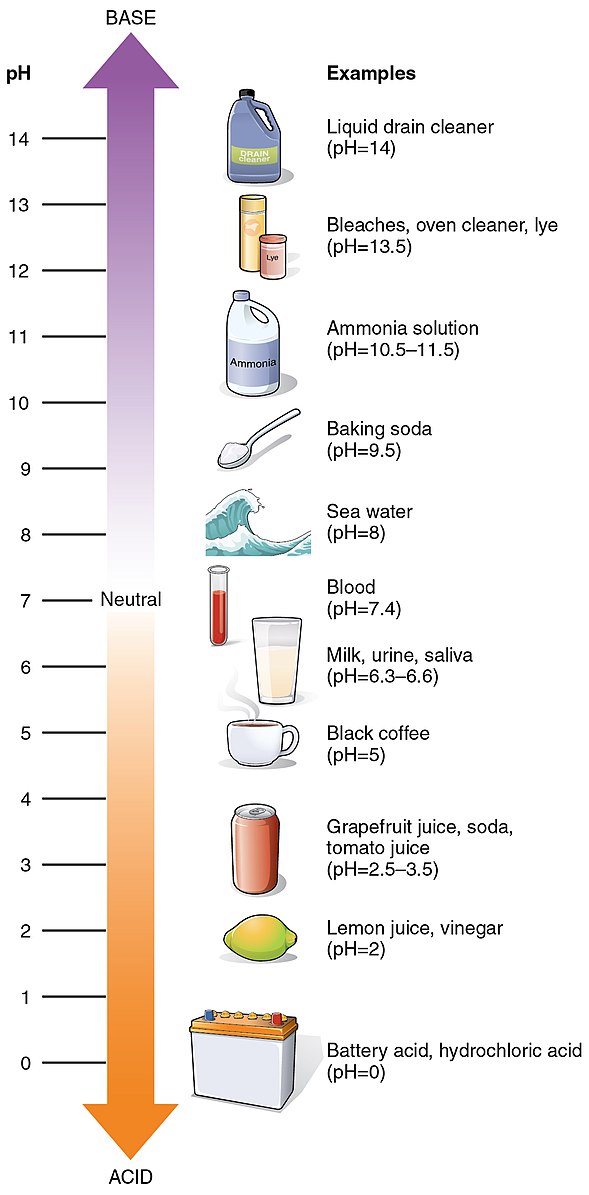The pH value of water from a water softener typically falls between 6-7, making it slightly acidic. This is because the softening process removes minerals like calcium and magnesium, which can increase the pH of water, and replaces them with sodium. However, the pH balance of soft water should not be significantly affected by the softening process itself.
Understanding the pH of Soft Water
When it comes to drinking water, the pH value is not a major concern as long as it falls within the safe range of 6.5 to 9.5, as set by UK water regulations. The pH value of soft water is unlikely to have any negative effects on your health, although some people may notice a slight difference in taste compared to hard water.
Factors Affecting the pH of Soft Water
The pH of soft water can be influenced by several factors:
-
Mineral Content: The softening process removes minerals like calcium and magnesium, which can increase the pH of water. The replacement of these minerals with sodium can lead to a slightly lower pH.
-
Water Source: The pH of the original water source can also impact the pH of the soft water. If the source water is already slightly acidic, the softening process may not significantly change the pH.
-
Water Treatment Chemicals: In some cases, the addition of chemicals during the water treatment process can affect the pH of the final product.
Measuring the pH of Soft Water
If you are concerned about the pH value of your drinking water, you can test it using a home testing kit or by sending a sample to a laboratory for analysis. This will help you determine if the pH is within the safe range.
Balancing the pH of Soft Water
 Image source: OpenStax College
Image source: OpenStax College
While the pH of soft water is generally not a major concern, there are a few things you can do to maintain the pH balance:
-
Avoid Additives: Refrain from adding acidic or alkaline substances to your water, as this can disrupt the pH balance and potentially cause corrosion or scaling in your pipes and appliances.
-
Maintain Water Treatment Equipment: Regularly clean and maintain your water softener and any other water treatment equipment you may have to ensure the system is functioning properly and not affecting the pH balance.
-
Consult a Professional: If you have concerns about the pH of your water or need help balancing it, consider consulting with a water treatment professional. They can provide guidance on the best course of action.
Conclusion
The pH of water from a water softener is typically slightly acidic, falling between 6-7. While this is within the safe range for drinking water, it’s important to understand the factors that can influence the pH and take steps to maintain the balance. By following best practices and consulting with professionals when needed, you can ensure that your soft water is safe and enjoyable to use.
